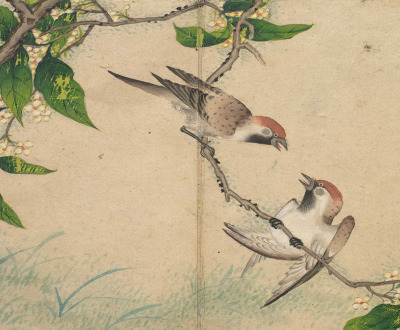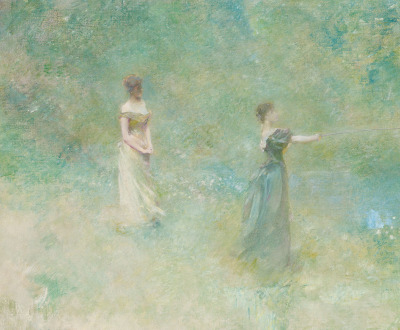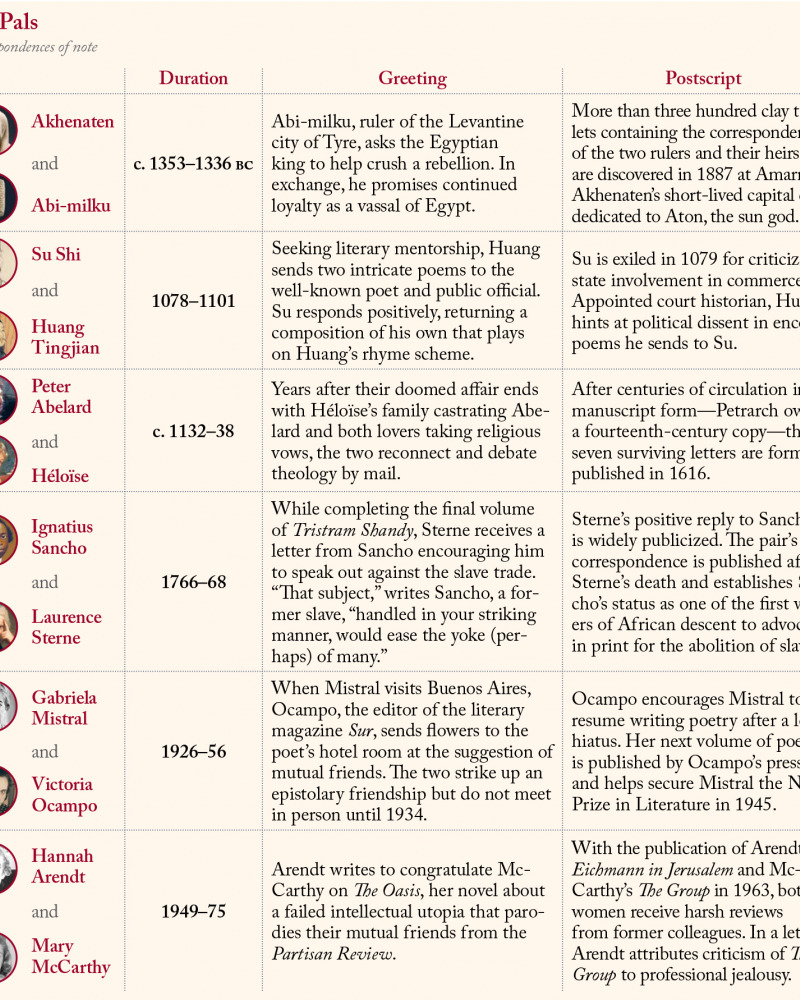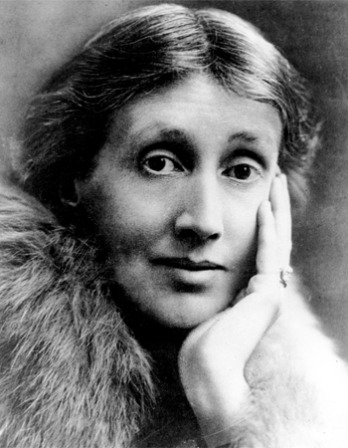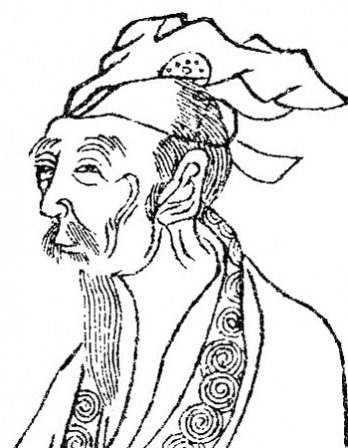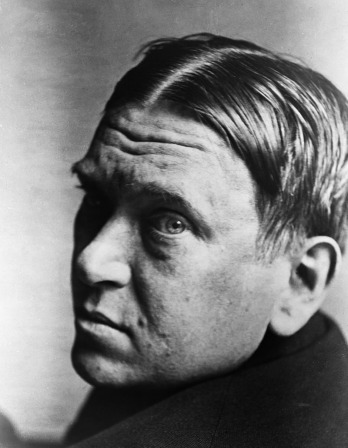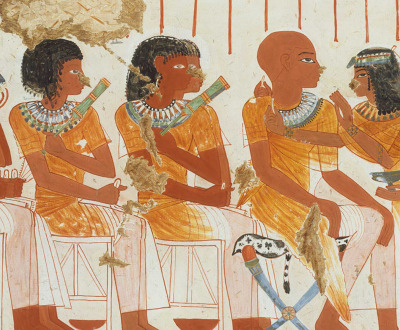
Guests at a Banquet, tempera facsimile by Nina de Garis Davies after a fourteenth-century-bc Egyptian frieze, c. 1920. The Metropolitan Museum of Art, Rogers Fund, 1930.
VIEW:
Miscellany
A fourteenth-century-bc peace treaty recorded on a cuneiform tablet contains an invocation to Mithra, the Indo-Iranian god of the sun as well as of oaths and mutual obligation. In the Roman Empire, Mithras was honored as the god of loyalty to the emperor, while in Indian Vedic texts, he represents friendship and benevolence and, along with the god Varuna, is entrusted with the maintenance of the gods’ essence.
I am weary of friends, and friendships are all monsters.
—Jonathan Swift, 1710